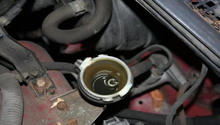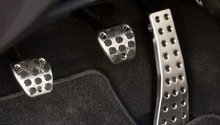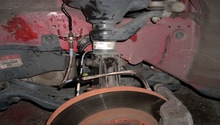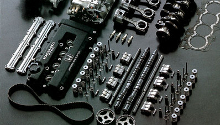Honda Civic: How to Bleed Your Brakes
Fix that sloppy brake pedal feel by bleeding the brakes with fresh fluid.
This article applies to the Honda Civic (1992-2000).
When air or dirt is trapped in your Honda Civic's hydraulic braking lines, it compromises their efficiency. A sure sign that there's air in the brake lines is when the pedal feels 'mushy' or soft. Unlike brake fluid, air is compressible. Clearing that air out of the system is called bleeding the brakes. This process can be performed alone, but it's easier with a friend to pump the brake pedal as you bleed.

Materials Needed
- New brake fluid
- 10 mm socket
- Vacuum brake bleeder or turkey baster
- Box end wrench (8 or 10 mm)
Step 1 – Siphon out the old brake fluid
Before bleeding the Honda Civic's brakes, remove the old fluid from the brake master cylinder. This can be done using a vacuum brake bleeder or by sucking it out the old fluid from the reservoir with a turkey baster. This should remove any contaminated fluid. Afterwards, fill the master cylinder with enough new brake fluid to wash out the old fluid away.

Step 2 – Connect the bleeder to screw
Brake bleeding begins with the rear passenger side wheel, followed by the rear wheel on the driver's side. Then, the front passenger side wheel and lastly the drivers side wheel.
Remove the cap from the brake bleeder valve and loosen it with a box end wrench. Do not open it. Depending on the caliper, the required wrench will be either 8mm or 10mm. Attach the hose to the bleeder screw. The other end of the hose should be connected to a bottle.
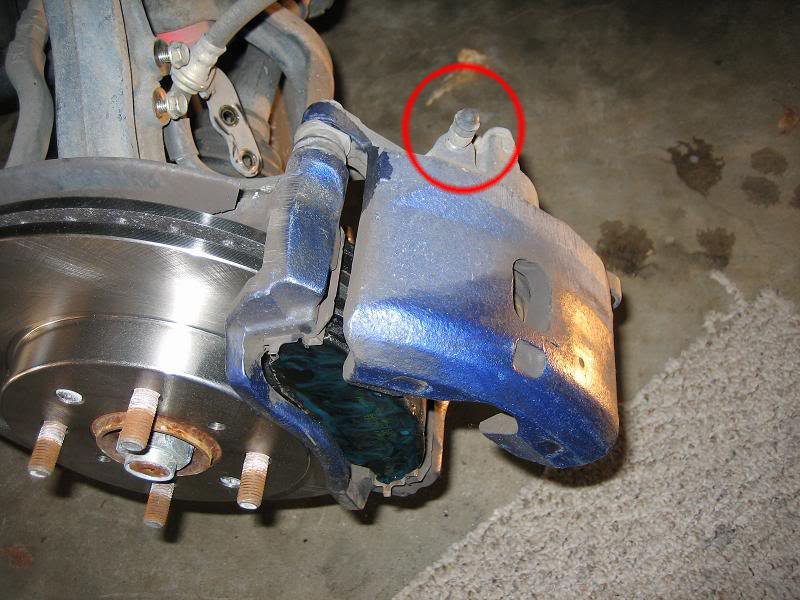
Figure 2. Brake bleeder screw cap. 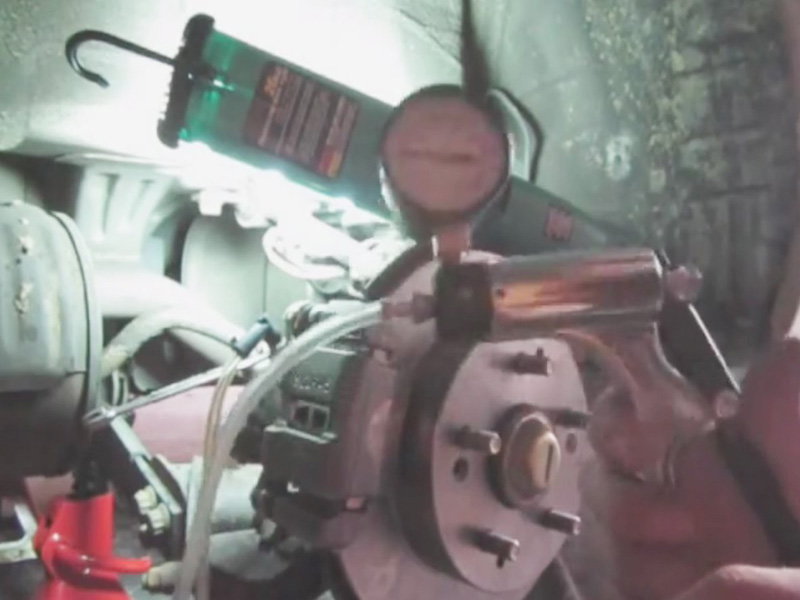
Figure 3. Vacuum bleeder attached to brake bleeder screw.
Step 3 – Bleed the brakes
If you have a partner, have them press the brake pedal while the bleeder screw is closed. Have them hold the pedal half way down while the screw is closed. If doing this by yourself, get into the car and press the brake pedal halfway. Do not floor the brakes. Pressing the brake pedal in full will damage the pistons with debris that collects on the piston cylinder walls.
While the brake pedal is still pressed, open the bleeder screw. The brake fluid will flow out. Close the bleeder screw again and press in the brake pedal. Repeat the process, until the clear, new brake fluid from the master cylinder comes out. As long as the fluid has bubbles in it or makes a bubbly sound, keep bleeding the brakes. Once the bubbles cease and the brake fluid is clear, the process is complete. Repeat the process for each wheel.
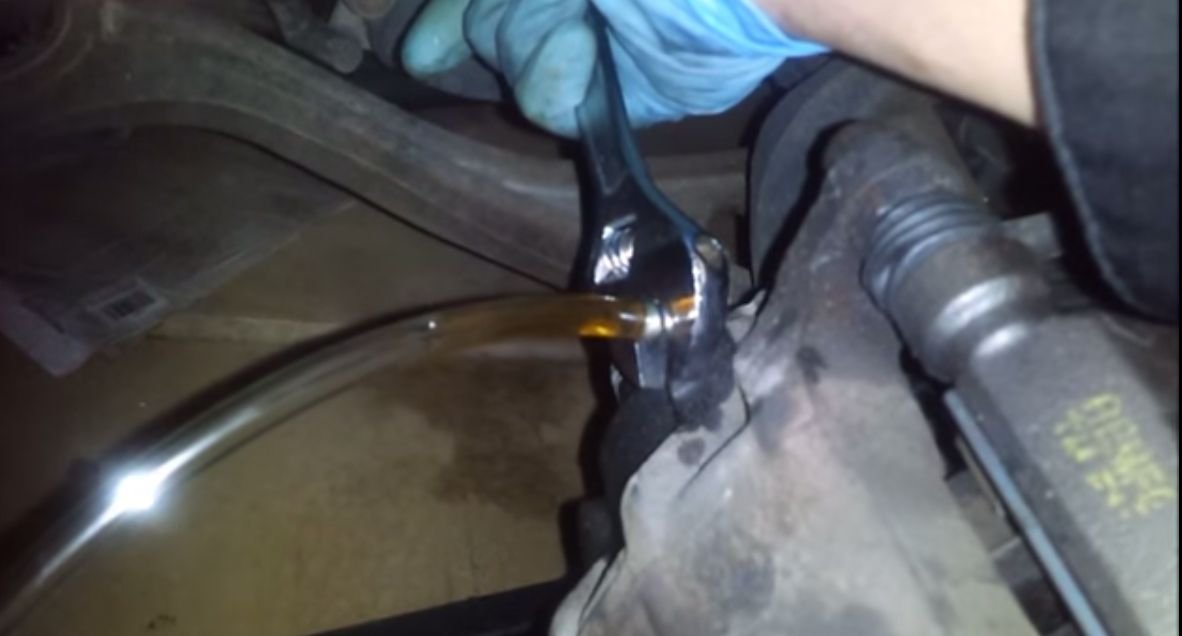
Figure 4. Open and close bleeder screw with each pump
Pro Tip
A vacuum bleeder makes doing this with one person even easier. There is no need to pump the pedal as the vacuum from the bleeder will suck the fluid out.
Step 4 – Refill the brake master cylinder reservoir
Once you finish bleeding the brakes, refill the brake master cylinder reservoir with brake fluid. Always ensure the master cylinder reservoir has the brake fluid.
Pro Tip
Honda motoring experts advise that brake fluid should be changed or flushed after around 30,000 miles.
Featured Video: Honda Accord Brake Bleed
Related Discussions and Sites
- How to Change Your Brake Fluid Yourself - Honda-Tech.com
- DIY Brake Rotor Replacement - Honda-Tech.com
- Bleeding the Brakes - Stoptech.com
- How To Bleed Brakes - Linnbenton.edu

